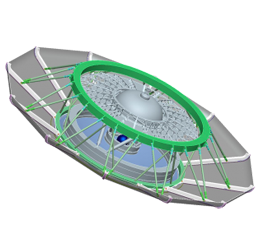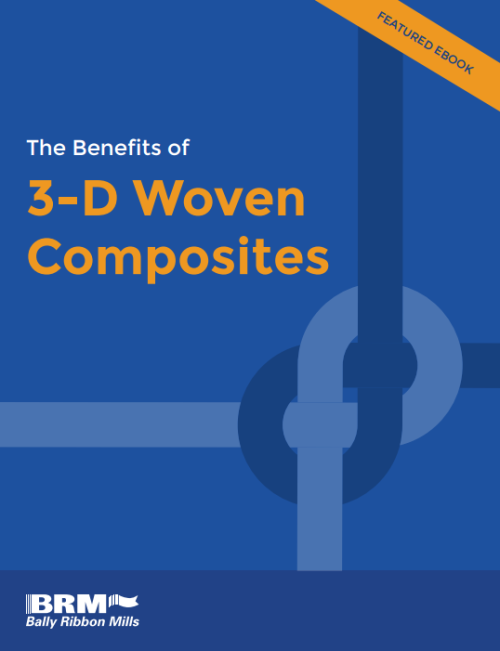Discover how 3-D composites create product consistency in the aerospace industry.
 Composite parts are specially engineered components made of two or more polymers with different physical and chemical properties. These compositions make up a broad range of aerospace components, including wings, tails, fuselages, and propellers. Though manufacturers have traditionally fabricated compositions with 2-D laminated composite parts, newer 3-D continuously woven structures are becoming the aerospace trend.
Composite parts are specially engineered components made of two or more polymers with different physical and chemical properties. These compositions make up a broad range of aerospace components, including wings, tails, fuselages, and propellers. Though manufacturers have traditionally fabricated compositions with 2-D laminated composite parts, newer 3-D continuously woven structures are becoming the aerospace trend.
Conventional 2-D compositions can present a number of challenges, including structural delamination and cracking, lack of broad use from one project to the next, high costs, and a significant time investment to create the compositions. To remedy these common 2-D problems, manufacturers are now embracing 3-D woven composites, as an improvement to the traditional 2-D joints and a solution to their associated weaknesses.
2-D compositions typically fail manufacturers in two ways: cracking and delamination. In aerospace applications, repeated cyclic stress and impact causes separation and fraying of the composite layers. Unlike solid metals, compositions are weak and unable to contort to absorb kinetic energy. The inability to adjust to this impact creates fractures in the composition’s surface, known as matrix cracks.
Once a 2-D composite begins to develop small transverse matrix cracks, any additional impact will cause them to extend to neighboring plies with different fiber orientations, thus beginning the delamination process. The initial matrix crack that starts this process is called the critical matrix crack. Once this crack has developed, delamination will continue to spread and damage the other composition joints over time.
The higher damage resistance and greater fracture toughness of 3-D woven composites can reduce the prevalence of – or even entirely eliminate – many of these issues. The interlocking 3-D-woven reinforcement gives composite materials stronger out-of-plane properties to protect from warping and delamination.
In comparison to 2-D compositions, 3-D woven composites offer enhanced performance over 2-D alternatives, and the ability to rapidly produce materials using 3-D weaving compresses lead times and reduces overall labor and tooling costs.
 Bally Ribbon Mills (BRM) creates these intricate composites using a 3-D continuous weaving technique. With our experience developing quasi-isotropic technology for the US Air Force Research Lab and recently completing a 3-D woven materials contract for NASA’s space flight applications, we are a trusted supplier on the cutting edge of high performance structural composite parts.
Bally Ribbon Mills (BRM) creates these intricate composites using a 3-D continuous weaving technique. With our experience developing quasi-isotropic technology for the US Air Force Research Lab and recently completing a 3-D woven materials contract for NASA’s space flight applications, we are a trusted supplier on the cutting edge of high performance structural composite parts.






